For the Birds
By Joe Jayjack on August 31, 2018 in Blog
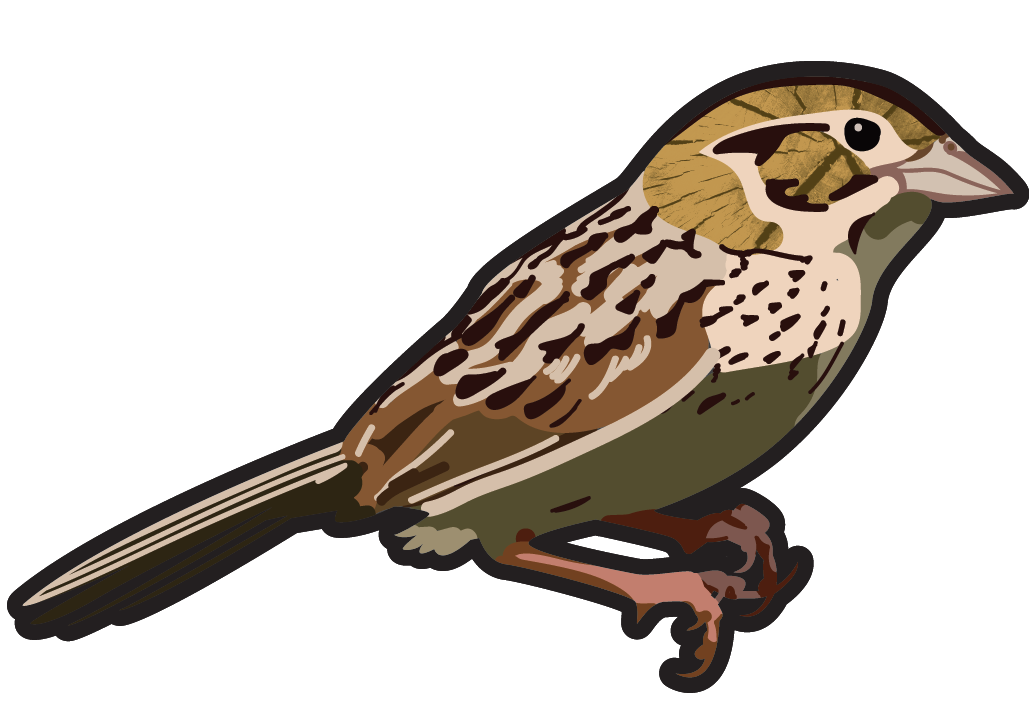
The Henslow’s sparrow is a small, quiet grassland bird. Perched on a wispy stalk of prairie grass, it calls out a short “tsilick.” It’s hard to see and harder to hear.
But when we talked with four “bird people” about the past, present and future of birds in Iowa, they all mentioned the Henslow’s sparrow. The bird’s numbers have plummeted in Iowa with a loss of expansive grassland habitat. So if you see one, it’s a treasure.
2018 is the Year of the Bird, designated by National Geographic and the Audubon Society. INHF spoke with bird conservation leaders in Iowa to understand where we’ve come from and where we’re headed.
Beginnings
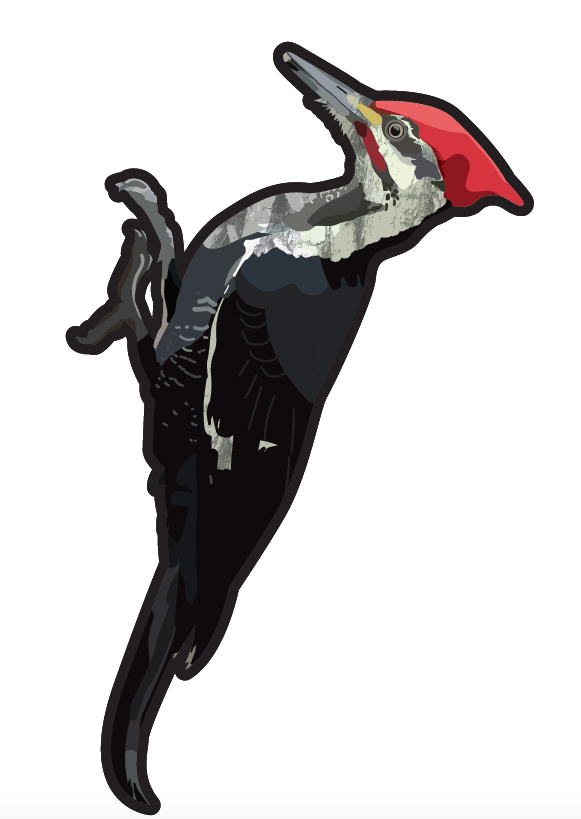
Dr. Jim Dinsmore: When I was a kid, I was interested in birds. My parents encouraged me. When I came to ISU, I started as a math major, but then bumped into some kids that were studying fish and wildlife management. I learned you didn’t have to be a hunter or a game warden if you wanted to work with wildlife. Then my focus became ecology and biology.
Doug Harr: When we lived in Washington state, we were in the country. Dad built a little ranch in a 2-acre grove looking at Mt. Rainier. When we moved to Minnesota, we lived on an acreage on a marshy lake north of Minneapolis. We had loons nesting on the marsh. I was enamored by the outdoors. It was just in the family bloodlines.
Dr. Karen Kinkead: I’m from Tennessee. When I was young, there was a park ranger, and I thought what he did was so cool. He would go into the schools with animals and take us on hikes. I’m not a birder, but birds are a big part of my job. I did my PHD on amphibian responses to wetland restoration. Then when I was pretty far along in my schooling, Dave Otis, who is from Iowa, was my advisor at Clemson. That’s how I ended up in Iowa.
Bruce Ehresman: Gladys Black, the Bird Lady, had a huge influence on me. Fawn Hemmerstrom and her husband Frederick were grad students of Aldo Leopold. She wrote “Birding with a Purpose” and “My Double Life.” My wife Marlene and I got to meet them in the ’90s. Erv Klaas, Jim Pease, Jim Dinsmore — they all had a huge influence on me and my ability to identify birds. Doug Harr — I always introduce him as my mentor. The 10 best years of my career were working with him.
Harr: Bruce is a dedicated bird conservationist. One of the best I’ve known.
Kinkead: I’ve been really surprised at how Iowa played a role in the development of wildlife laws. Between John Lacey, Aldo Leopold, Ding Darling and others, Iowans have played a huge role, especially for a state with such a small amount of public land.
Ehresman: Dean Roosa was Iowa’s first and only State Ecologist. He helped initiate protection for Iowa’s nongame species and was instrumental in helping the Iowa legislature create Iowa’s Endangered Species Act in 1975. Dean set the stage for the existence of Iowa’s Nongame/ Wildlife Diversity Program, which was initiated in the early 1980s. Dean is a visionary, and I continue to be inspired by his actions.
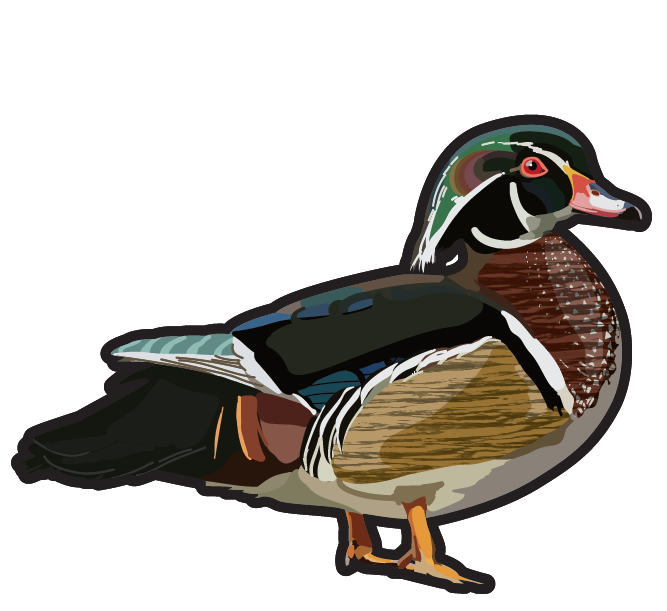
Harr: In 1972, I started with the Iowa Conservation Commission, which became the DNR, as a biologist in northwest Iowa. One of the things I tried to do as a wildlife management biologist was integrate practices that would benefit more than just pheasants, deer and geese. Practices that would help all species, including birds.
Dinsmore: I came back to ISU in 1975, and the next 10 years or so were pretty bleak years for wildlife. Agriculture was king. “Fence row to fence row” was the mantra. There just wasn’t much money for buying habitat. That changed in the ’80s with the Farm Bill and CRP (Conservation Reserve Program). And there was a growing interest in non-game wildlife at the DNR. I think in the 1990s we had some really good years. There was quite a bit of money for conservation and habitat. INHF was one of the key players in that.
Wildlife Action Plan
In 2000, the U.S. House of Representatives passed a bill known as the Conservation and Reinvestment Act (CARA) that would have provided permanent, protected funding for wildlife diversity to states. That funding would have prioritized non-game species, including birds. The U.S. Senate was on track to pass the bill when the terror attacks of Sept. 11, 2001, happened. Priorities shifted to homeland security and anti-terror funding, and CARA never materialized.
At the urging of the national Teaming With Wildlife Coalition, Congress and the President created the State Wildlife Grants Program, which provides federal money to every state and territory for conservation aimed at preventing wildlife from becoming endangered. Iowa receives about $500,000- $600,000, which must be matched by state funds. A condition of receiving the funding is that they produce and follow a wildlife action plan. Dinsmore, Harr and Ehresman (and INHF staff) all contributed to Iowa’s first Wildlife Action Plan, which was published in 2006. As the current Wildlife Diversity Coordinator at the DNR, Kinkead uses the Wildlife Action Plan as the basis for her work.
Ehresman: Right now, there are more conservation officers that care about wildlife diversity than at any time in my career. 50 percent of our time used to be dedicated to finding funding for wildlife diversity. Every state producing an action plan turned out to be a really positive thing for wildlife diversity. Once we did that, it changed the focus for wildlife management.
.png)
Dinsmore: Bruce and I worked together developing the list of birds and their importance for the Action Plan. The feds said that you need to have a plan for what you are doing with these species. Had to have some kind of monitoring program.
Kinkead: I was first hired by the DNR to develop their MSIM (Multiple Species Inventory and Monitoring) program. [One of the pilot areas for the MSIM program was INHF’s Snyder Heritage Farm in Polk County.] Now, as the coordinator for wildlife diversity, we see our role as ensuring that species exist into the future — that our children and grandchildren have an opportunity to see these species. The idea was that we use holistic, science-based management for all species.
BCA's
Because of significant declines in a large number of bird species, the DNR created Bird Conservation Areas (BCAs) in the early 2000s. Ehresman wrote the BCA guidance document, which states, “The concept of the BCA is based on research that suggests that bird populations respond to landscape-level conditions and, therefore, require landscape-oriented conservation efforts.”
A BCA is made up of at least 10,000 acres of public and private land. In those 10,000 acres, at least 20 percent should be permanently protected high quality bird habitat. INHF has done permanent protection projects in each of Iowa’s 25 BCAs, working with both public agencies and private landowners.
Ehresman: My goal, before I retired, was to have at least 25 BCAs established, and to focus on the very best habitat that remains. I ended up staying on a couple extra years to get that done.
Harr: Bruce and I put together most of the BCAs for the state. Because I served as a representative for national Audubon, which designates areas as Important Bird Areas (IBA), we began looking at ways to incorporate these two programs. Whenever we were looking at a BCA, if there were any IBAs within them, we made the boundaries the same. Two of those areas have been named Globally Important Bird Areas: Effigy Mounds/Yellow River State Forest because of the Cerulean Warbler population and Kellerton Grasslands BCA because of the Henslow’s Sparrow.
Ehresman: The average number of birds species in a BCA is 120, which is pretty good for Iowa. In all BCAs combined, the land is about 16 percent permanently protected right now. The target is 20. It’s good that INHF has been so involved.
Bird Friendly Iowa
Harr has recently helped spearhead the creation of Bird Friendly Iowa (BFI). A partnership of Iowa conservation groups, — including INHF — BFI aims to help Iowa communities better protect avian life. BFI sets criteria in order to be designated a bird friendly community that falls into three categories: protecting, restoring and enhancing bird habitat; reducing threats to birds; and educating and engaging people in birding and conservation. Waterloo was named the first Bird Friendly community in Iowa this past fall.
Harr: My good friend, Ric Zarwell, came up with the idea from Bird City Wisconsin. Bruce and I had also talked about doing something to enhance bird habitat in cities.
Ehresman: In these larger cities with river corridors, its amazing the amount of birds that show up in surveys. And if you don’t reduce the threats, everything else you do is pointless. There may be up to 2.4 billion birds killed by cats every year in the U.S. And another billion killed by flying into windows.
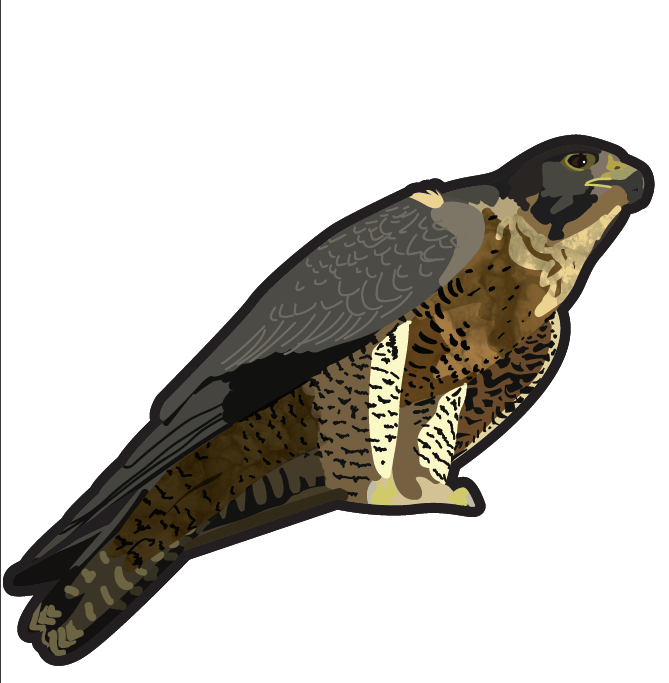
Harr: We’re aimed not just at cities. We’ll start out with communities, and then look at ways we can expand to campuses, businesses, maybe counties. We’re trying to make people realize in Iowa how big an economic development impact it can have. The amount of money brought into Iowa for birding and wildlife watching is as much as hunting and fishing combined. A lot of people don’t realize that.
The Future
The future of bird populations in Iowa depends on the state of bird habitat in Iowa. And the state of bird habitat relies on education, coordination and funding. There is currently a bill making it’s way through the U.S. Congress called Recovering America’s Wildlife Act that would redirect $1.3 billion annually in revenues from energy and mineral development on federal lands to wildlife conservation.
Kinkead: That would be a game changer in Iowa. Permanent, dedicated funding for wildlife diversity. We would have to have matching funding, but if the Natural Resources and Outdoor Recreation Fund were funded here, we would have that. It would allow us to fully implement the Wildlife Action Plan.
Dinsmore: There is something special about getting students out in the field and actually listening for birds, instead of just being in the classroom. Students were really amazed that you could identify something that you couldn’t see.
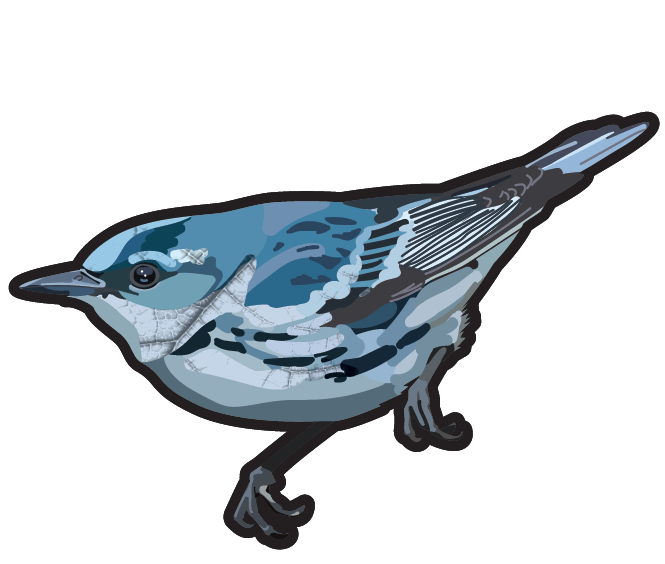
Ehresman: I’m seeing more interest in birds than I’ve ever seen in my career. They are very visual, they are always singing, they are in your life. But my biggest fear is the lack of environmental education in the DNR. A lot of people have no idea about the state of funding — how bad it’s getting. You can’t just keep cutting things and expecting the same results. My best hope is in young people. I think we can start turning things around. But until people value what’s in their back yard, they aren’t going to advocate for it.
Harr: In Iowa, just like nationwide, bird watching is expanding. People that go out and see habitat loss are getting concerned. We’re going to see more and more birding groups partnering to get conservation done. I’ve got some hope for that in the future. With programs like Bird Friendly Iowa, we’re going to get more people educated and interested in birds.
Ehresman: There’s a quote from Dean Roosa — “Our quality of life is dependent on diversity. We cannot have continued diversity if we allow inhabitants of our earth to slowly disappear. The choice is not simply ours. Future Iowans have every right to a clean environment and one replete with the diversity of plant and animal life like we have enjoyed.”